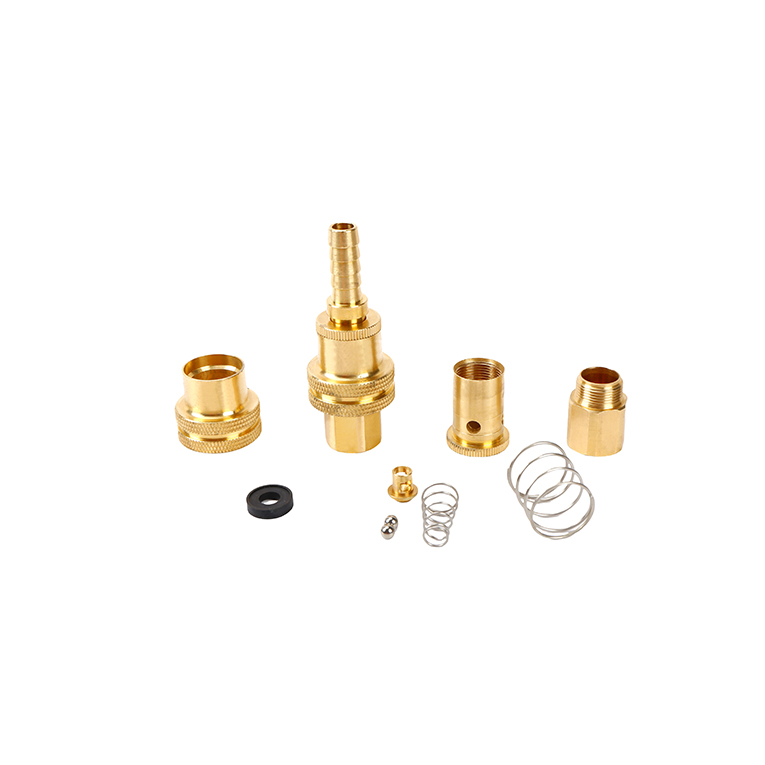
The knowledge of heat treatment design requirements of parts is basically based on the knowledge of the generation of material use and processing, so it is a very systematic knowledge structure, it does not exist in isolation.
First of all, we need to understand how many ways are included in the so-called heat treatment in the machining process of parts?
01 Annealing treatment
Definition of annealing treatment: A metal heat treatment process in which metal parts are heated to a certain high temperature, kept for a period of time, and then allowed to cool naturally.
Its main function:
A. Reduce the hardness of the parts and improve the cutting performance.
B. Eliminate residual stress of parts, stabilize dimensions, reduce deformation and crack probability.
C. Refine the grain, adjust the structure, and eliminate the defects of the material structure.
D. Uniform material structure and composition, improve material performance or prepare for subsequent heat treatment process.
02 Normalizing treatment
The definition of normalizing treatment: heating metal parts to a certain high temperature, keeping it for a period of time, and then letting it cool in the air by spraying water, spraying, blowing, etc. It is different from annealing treatment in that its cooling speed is faster Some, so the obtained material structure is finer, and the mechanical properties are also improved.
Its main function:
A. Remove the internal stress of the material.
B. Satisfy the physical and chemical properties of some special steel materials such as ferromagnetism and corrosion resistance.
03 Quenching treatment
Definition of quenching treatment: heating metal parts to a temperature above the critical temperature AC3 or AC1, keeping it for a period of time to make it fully or partially austenitized, and then rapidly cooling to below Ms at a cooling rate greater than the critical cooling rate for martensite Transformed heat treatment process.
Its main function:
A. Significantly improve the rigidity, hardness, wear resistance and fatigue strength of parts, etc.
B. Satisfy the physical and chemical properties of some special steel materials such as ferromagnetism and corrosion resistance.
04 Tempering treatment
Definition of tempering treatment: It refers to a heat treatment method in which the steel after quenching hardening or normalization treatment is dipped at - below the critical temperature for a period of time, and then cooled at a certain speed to increase the toughness of the material.
Its main function:
A. Eliminate the residual stress generated during work quenching to prevent deformation and cracking.
B. Adjust the hardness, strength, plasticity and toughness of the work to achieve better performance requirements.
C. Stable structure and size, ensure accuracy.
D. Improve and enhance processing performance.

Copyright © 2025 Dongguan Yifeng Metal Co., Ltd. | All Rights Reserved